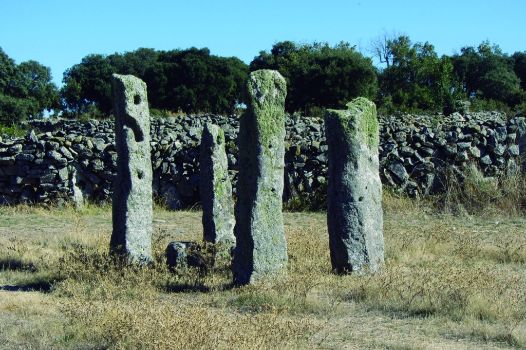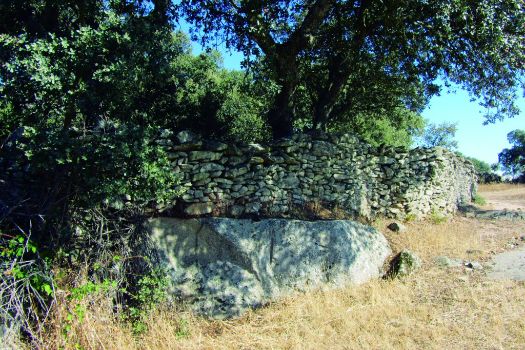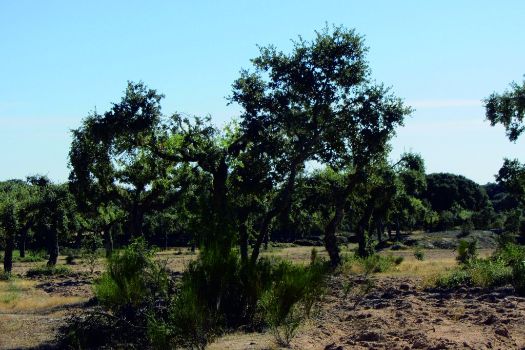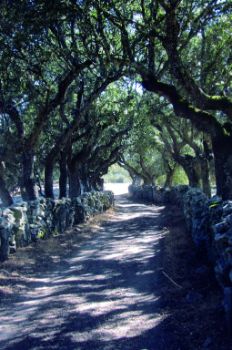Net of Natural
Trails

Stage 24: Torregamones - Gamones
Description
Between holm oaks and white asphodels
This is the shortest Stage of the Duero Nature Trail. The distance between Torregamones and Gamones, where one can view the remains of ancient local customs, is barely 3 kilometres.
The place names of both towns are derived from the white asphodel (Asphodelus albus).

The trail leaves Torregamones through El Cerezal, where one can still see the remains of an old, granite cattle crush.
The Trail continues ahead, flanked by the stone fences surrounding private farmsteads. The vegetation here is sparse, with only holm oaks (Quercus ilex) and small shrubs.
The clearings play host to migratory birds, including European Pied Flycatchers (Ficedula hypoleuca) that feed on small flying insects. Indeed, the brown hues of the soil are a perfect camouflage for Tree Pipits (Anthus trivialis) and Woodlarks (Lullula arborea), whose presence is betrayed only by the fluting calls it makes to mark its territory.

Barely 1 kilometre further, the path crosses the ZA-324 road to continue along what looks like a vehicle track that leads to a beautiful holm oak grove, some of which have been pollarded.
Shortly after, the route heads along a corridor flanked by stone walls and large holm oaks, which provide a nice shade in the hot summer months.
The path widens and reaches a site known as Puerco. About 200 metres further on, the route joins the ZA-V-2210 that leads into the village of Gamones, where the Stage ends.
Enlaces de interés
Profile

Highlights
Further information
Shoeing crush
Shoeing crushes usually consisted of four or six vertical stone, or sometimes wood, columns sunk into the ground, forming a rectangle where the animal was placed for shoeing.
The columns on the longer sides were connected with two horizontal beams, from which dangled leather straps to immobilise the animal. A wooden yoke was placed on the front to hold the animal's head. Across the top of the two rear columns was a crossbar to hold the tail. At the back, anchored to the ground, were two slings to which the legs of the animals were tied with leather straps or rope while shoeing.
Pollarded trees: a history lesson
A pollarded holm oak is a vestige of the holm oak groves that existed in the 1950s: a place where loggers would arrive in September to cut back the branches to the trunk and prepare firewood for the charcoal kiln.
Holm oaks were pollarded at roughly 50 years. The main branch was cut back to encourage new growth (branches), which are also cut after fifteen to twenty years. This wood was mainly intended for producing charcoal through slow combustion in special kilns built in the forest. This charcoal was later used as an energy source. Other parts of the trunks were used for joinery, depending on the size and shape.






